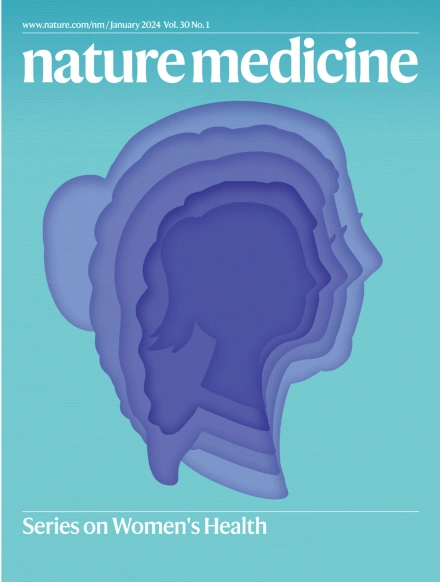人体血管细胞器型图谱
IF 50
1区 医学
Q1 BIOCHEMISTRY & MOLECULAR BIOLOGY
引用次数: 0
摘要
由内皮细胞(EC)和壁细胞组成的人体血管系统覆盖了身体的广大表面区域,是血液和组织环境之间的重要界面。特定血管床之间存在功能差异,但其在不同组织间的分子决定因素在很大程度上仍不为人所知。在这里,我们整合了来自 19 个人体器官和组织的单细胞转录组学数据,并从约 67,000 个细胞(62 位捐献者)中定义了 42 种血管细胞状态,包括沿动脉内皮轴从大口径血管到小口径血管的血管过渡特征。我们还描述了器官型细胞群的特征,包括脾脏沿岸内皮细胞和血脑屏障细胞,从而明确了这些重要细胞状态的分子特征。对内皮-壁细胞分子串扰的研究揭示了与Notch、Wnt、维甲酸、前列腺素和细胞粘附信号有关的血管和器官型沟通途径。转录因子网络分析揭示了组织特异性模块中对下游靶基因的不同调控,如多个肺血管亚群中的 FOXF1 靶基因。此外,我们还对不同血管床中的血管药物靶点进行了机理推断。这一开放存取的资源增强了我们对人类血管细胞中血管多样性和器官型分子特征的了解,对跨组织的血管疾病具有治疗意义。本文章由计算机程序翻译,如有差异,请以英文原文为准。

An organotypic atlas of human vascular cells
The human vascular system, comprising endothelial cells (ECs) and mural cells, covers a vast surface area in the body, providing a critical interface between blood and tissue environments. Functional differences exist across specific vascular beds, but their molecular determinants across tissues remain largely unknown. In this study, we integrated single-cell transcriptomics data from 19 human organs and tissues and defined 42 vascular cell states from approximately 67,000 cells (62 donors), including angiotypic transitional signatures along the arterial endothelial axis from large to small caliber vessels. We also characterized organotypic populations, including splenic littoral and blood–brain barrier ECs, thus clarifying the molecular profiles of these important cell states. Interrogating endothelial–mural cell molecular crosstalk revealed angiotypic and organotypic communication pathways related to Notch, Wnt, retinoic acid, prostaglandin and cell adhesion signaling. Transcription factor network analysis revealed differential regulation of downstream target genes in tissue-specific modules, such as those of FOXF1 across multiple lung vascular subpopulations. Additionally, we make mechanistic inferences of vascular drug targets within different vascular beds. This open-access resource enhances our understanding of angiodiversity and organotypic molecular signatures in human vascular cells, and has therapeutic implications for vascular diseases across tissues. A vascular cell atlas integrating single-cell data of 19 organs and tissues from 62 donors identifies angiotypic and organotypic characteristics of endothelial and mural cells.
求助全文
通过发布文献求助,成功后即可免费获取论文全文。
去求助
来源期刊

Nature Medicine
医学-生化与分子生物学
CiteScore
100.90
自引率
0.70%
发文量
525
审稿时长
1 months
期刊介绍:
Nature Medicine is a monthly journal publishing original peer-reviewed research in all areas of medicine. The publication focuses on originality, timeliness, interdisciplinary interest, and the impact on improving human health. In addition to research articles, Nature Medicine also publishes commissioned content such as News, Reviews, and Perspectives. This content aims to provide context for the latest advances in translational and clinical research, reaching a wide audience of M.D. and Ph.D. readers. All editorial decisions for the journal are made by a team of full-time professional editors.
Nature Medicine consider all types of clinical research, including:
-Case-reports and small case series
-Clinical trials, whether phase 1, 2, 3 or 4
-Observational studies
-Meta-analyses
-Biomarker studies
-Public and global health studies
Nature Medicine is also committed to facilitating communication between translational and clinical researchers. As such, we consider “hybrid” studies with preclinical and translational findings reported alongside data from clinical studies.
 求助内容:
求助内容: 应助结果提醒方式:
应助结果提醒方式:


